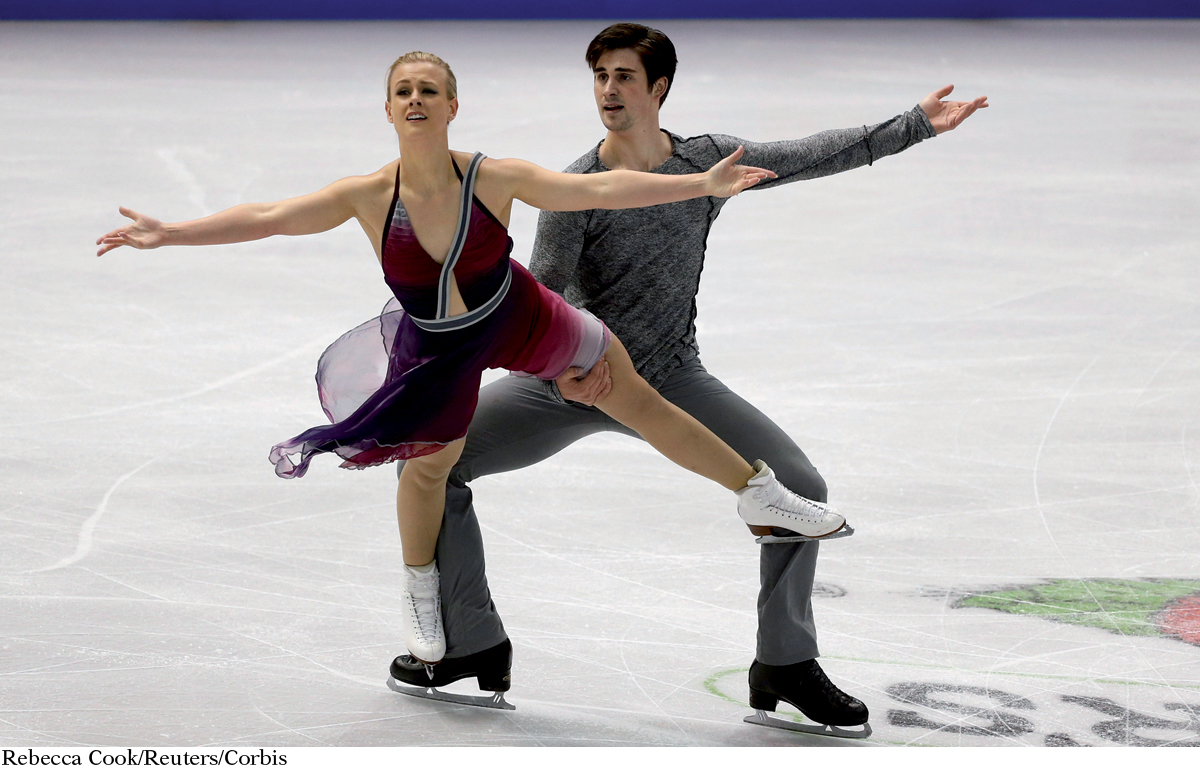Chapter Introduction
16
NUTRITION AND FITNESS

365
LEARNING OBJECTIVES
Identify five health-
related benefits of regular physical activity (Infographic 16.1) Describe the four components of physical fitness (Infographic 16.2)
Identify the components of the anaerobic and aerobic energy systems and rank these four components according to the rate at which they produce adenosine triphosphate (ATP) (Infographic 16.3)
Describe how exercise intensity and duration affects the use of carbohydrates and fat as fuel (Infographics 16.5 and 16.6)
Define carbohydrate loading and describe when the practice may be beneficial (Infographics 16.8 and 16.9)
Explain why adequate dietary carbohydrates are necessary for endurance training to be effective (Infographics 16.8 and 16.10)
Identify factors that affect fluid needs of athletes and discuss strategies to optimize hydration during and after exercise (Infographic 16.11)
Madison Hubbell is not a typical 22-
Ice dancing differs from traditional pairs skating in that, rather than skating in unison and having to perform lifts, spins, and throws, ice dancers focus on rhythm, musical interpretation, and precise steps.
366

And even though ice dancing is considered a winter sport, Hubbell doesn’t get a summer vacation. “In our off-
PHYSICAL FITNESS the ability to perform moderate to vigorous activity without undue fatigue
As a result of such constant intense training, competitive athletes like Hubbell have achieved extremely high levels of physical fitness, the ability to perform moderate to vigorous activity without undue fatigue. That’s not to say that Hubbell doesn’t get tired—